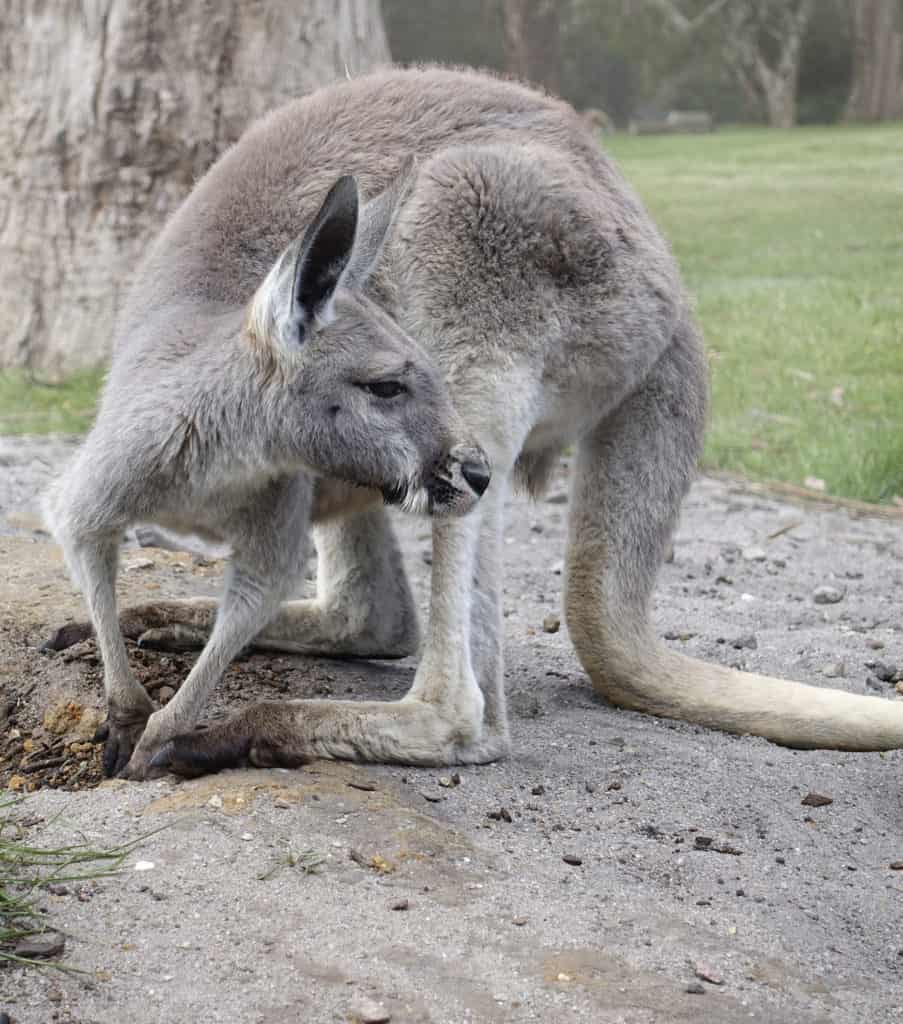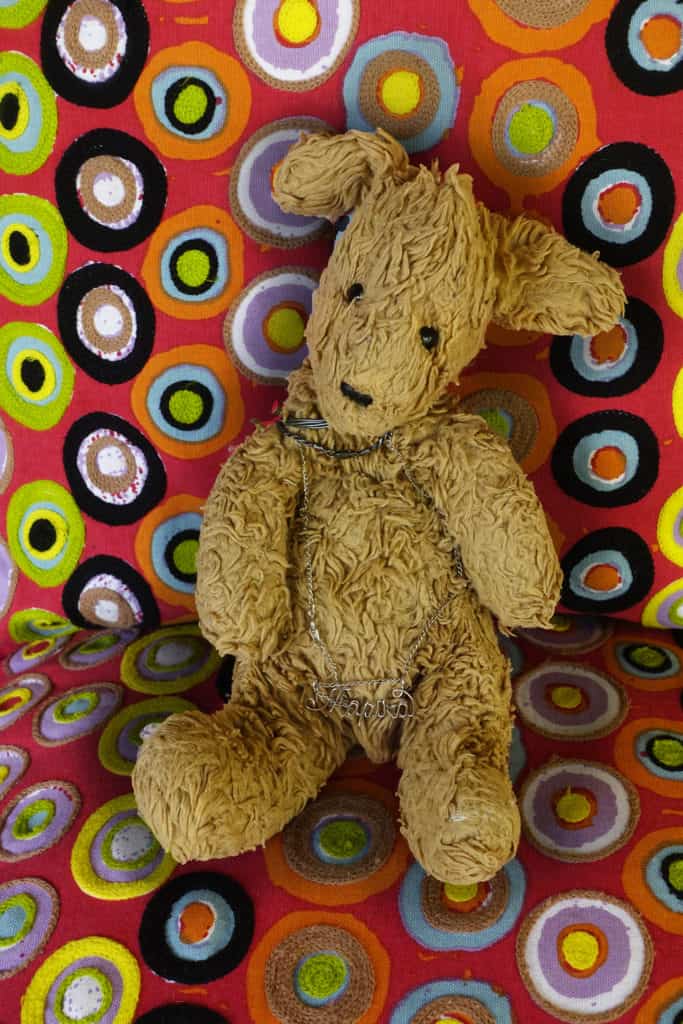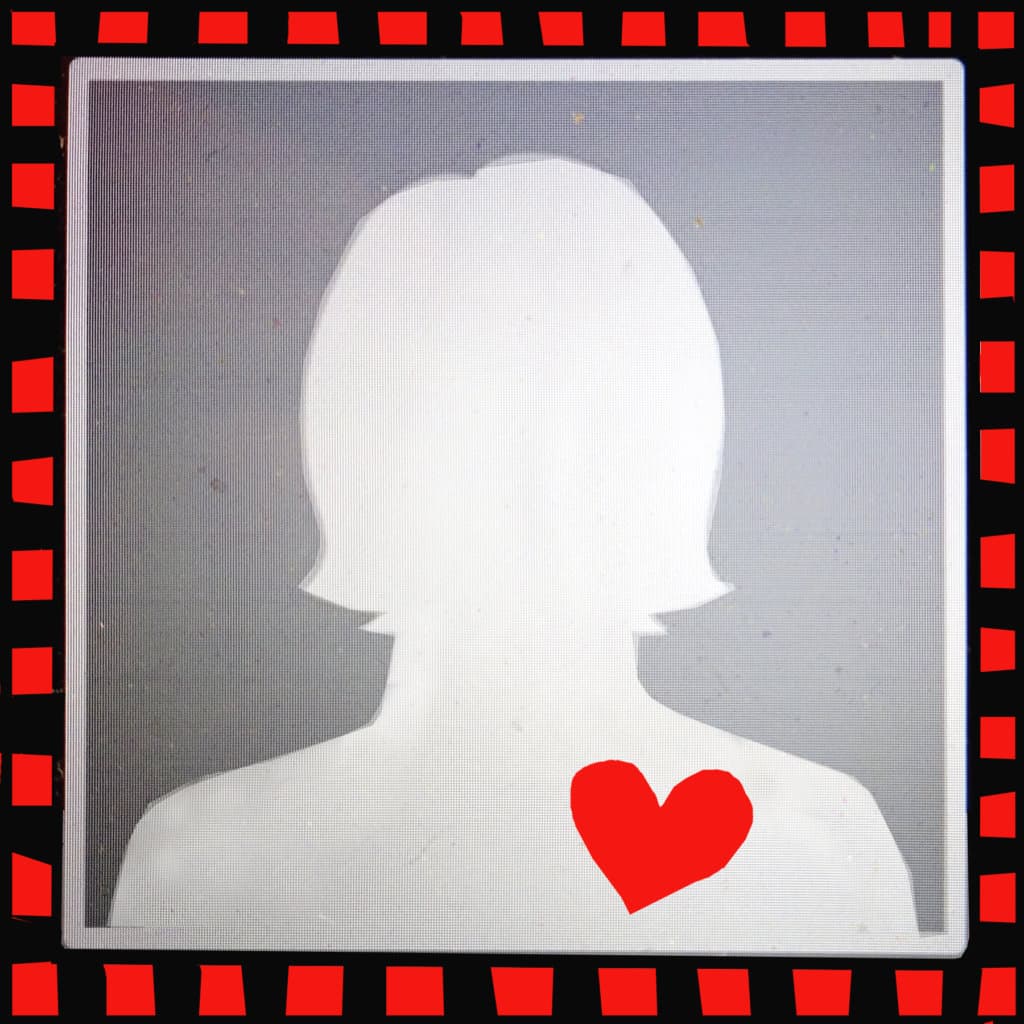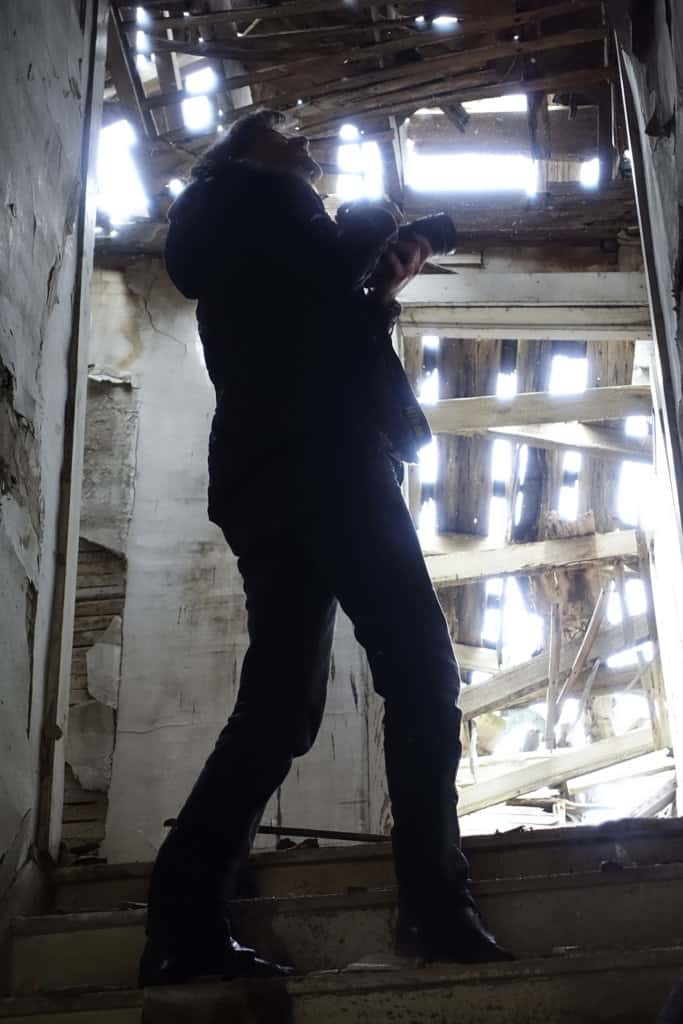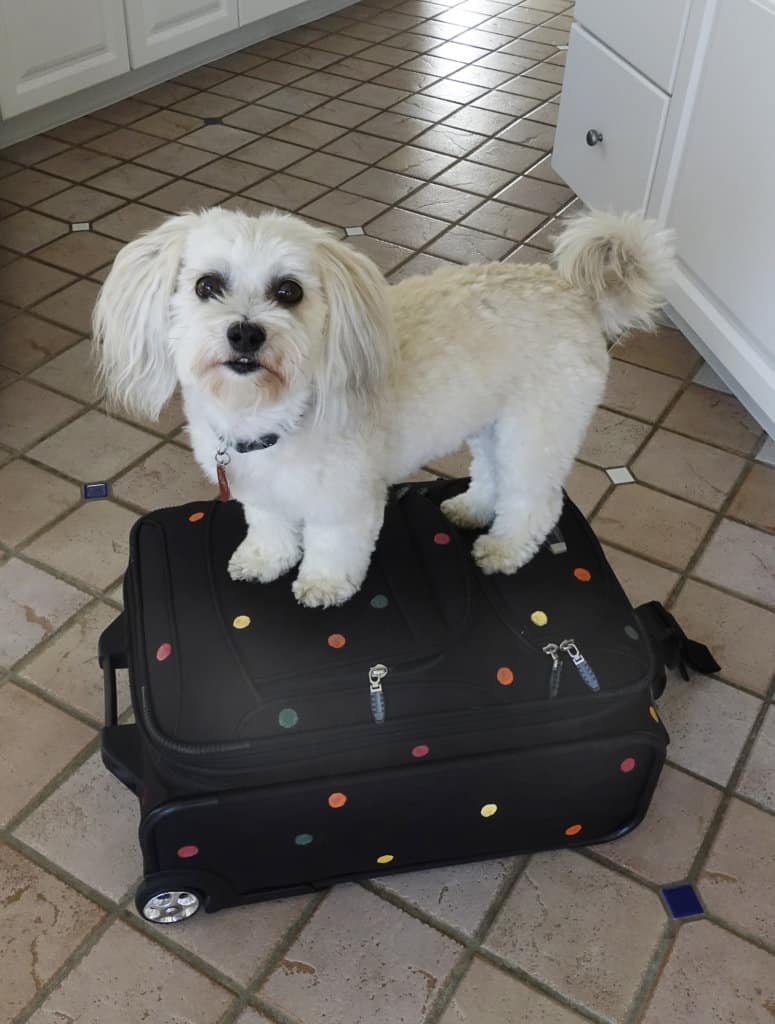 Leeches were not on my list of things to be afraid of in Australia. There were so many other scary things. Stingrays. Screaming birds. Poisonous snakes. Jellyfish…. On the morning of the day I was headed to the Great Barrier Reef, my heart was clunking so wildly I could hardly breathe.
Leeches were not on my list of things to be afraid of in Australia. There were so many other scary things. Stingrays. Screaming birds. Poisonous snakes. Jellyfish…. On the morning of the day I was headed to the Great Barrier Reef, my heart was clunking so wildly I could hardly breathe.
“I’m terrified. This is a real challenge for me,” I said to my tour-leader, trying to hold back tears. I envisioned myself bumping into the coral and bleeding, choking on seawater, getting stung by stingrays, and ripped apart by sharks. I imagined getting left behind in strong waves, and drowning. Alone. All this was really just my regular old cry of fear. I’m always finding things to worry and whimper about. The leader assured me we’d all stick together, I’d do fine.
With a heavy sinking dread, I pulled on the tight black lycra full-body suit, complete with hood and mittens, to protect from hungry fish and sun. The rental suit was still damp and sandy from the last brave soul who’d used it. Zipped up, it exaggerated every bulge of belly fat, but I was more concerned about how I could pee. Dragging my feet, I followed my tour-mates from big boat to small boat to Michaelmas Cay, the tiny reef island from where we’d snorkel.
Once landed, to keep up with the others, I threw on the fins and facemask with snorkel, and took off kicking as fast as I could without getting cramps. Head down 45 degrees as instructed, every half-minute I looked up for the others, while schools of white ghostlike fish surrounded me. The waves were shallow but the current was strong. Soon I spotted green parrotfish, banana fish. Zebras. They hovered around the nooks and crannies of the coral, which was bleached gray from pollution and climate changes. Beautiful anyway. Ahead, something big was approaching. Turtle? Snapping man-eating turtle? I choked. My snorkel filled with saltwater. Panicking, I looked up and realized, Hey. Where is everyone? A wave hit. I bumped against the coral, then took off like a rocket, flipping my feet hard as I could, swimming against the current. Head down. Blow hard out the snorkel. Long way to shore, kick harder. Lots of little white fish with long pointy fins. Keep kicking.
In the shallows I tried to stand, but the fins made me flimsy on my feet and the waves kept toppling me over. Flailing, unable to keep upright, I was laughing because the alternative was to cry. I needed a bathroom, hoped a little pee wouldn’t hurt the fragile reef. I realized half of what I’d feared had hit me, yet I’d survived. So I shook out the snorkel and swam back to the coral twice more, all by myself, still scared but determined to make the most of my once-in-a-lifetime moment on the Great Barrier Reef.
I didn’t get rid of the heavy sinking feeling until I had one more sob-fest, this time to the tune of “It should have been Marika out here enjoying every bit of this Reef, not me.” My daughter would have been there. If she had lived. Maybe that was what I’d been struggling with all along: not the fears so much as the sadness. Because when I set free that thought, I felt like I could float forever with her smiling down at me, laughing at all my fussing.
And that night, while safe and snug in my hotel bed, I heard the bird that screams like it’s being murdered. Bush stone-curlew, the tour-leader had told us earlier. When scared or threatened, it shrieks a blood-curdling cry. I turned over, went back to sleep. And in the morning we headed out for the Daintree Rainforest where the Kuka Yalanji man leading us through the trails warned about snakes. And crocodiles that kill for pleasure. And leeches.
What fears have you overcome in your travels or ventures into the unknown? What has triggered hidden emotions?
Please Share on your Social Media